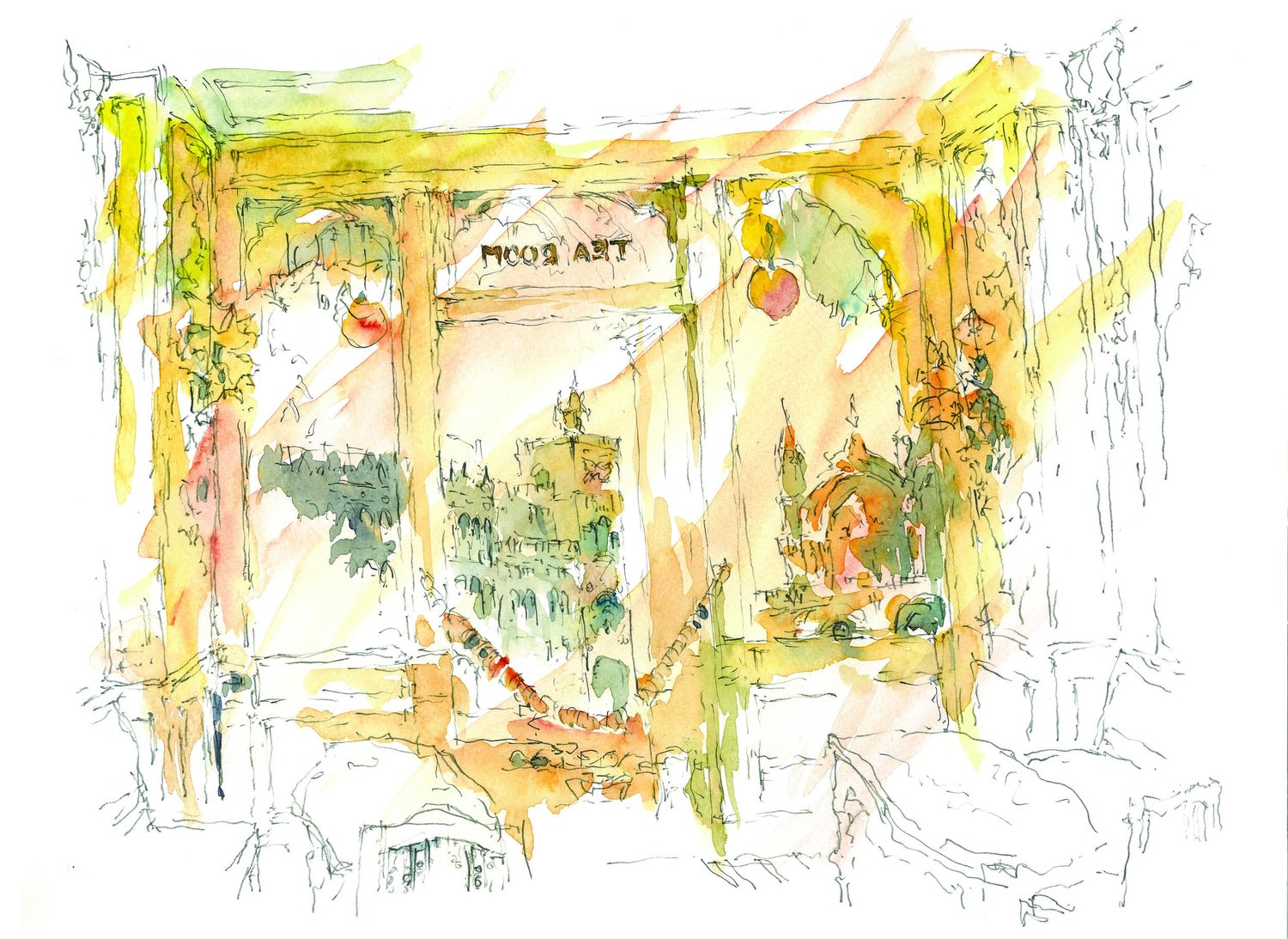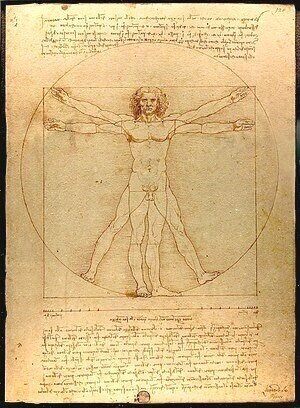Reflections on Architecture
Our world is shaped around our body
All man-made creations which surround us are formed from good or bad architecture.
Our existence, our surroundings -from the smallest item, which is designed for a particular purpose to the biggest commemorative monuments, architecture is found in all of them.
All large or small details in architecture have been influenced through a process of accumulated experience of, for example materials, colour, resistance and endurance, built up during a history then shaped into forms and function by education, language, tradition and mutual understanding.
Architecture is continuously present in our daily life.
An example of where all these details may be found could be found in a space as simple as our bedroom. We may sleep well or badly in a particular bed - its width and length , height, mattress all count – but also the distance from the window, from the bathroom and from the heater. The flooring is also important, be it warmer, cooler, attractive in colour, soft or hard, safe or slippery. Consider the lighting - are the switches in the right position for reading in bed, do they disturb me when I get up? Also are there enough plugs for my accessories in the appropriate places? Do the blinds or curtains provide the darkness I need to sleep, particularly in the summer? Do I have all the space I need for my clothes and shoes and are they easily accessible? Is the colour scheme of the room happy or sad, warm or cold? Is the door handle pleasant to touch, to feel and does the door open quietly ? All these apparent small details shape the night, enabling us to sleep well and wake refreshed the following day.
Details count, all details count, and what’s more, they are connected to the whole space.
The example of the bedroom is just one of your spaces in your home but one in which it is easy to see that architecture is part of your life and gives quality of life.
Man and the built environment
We physically interact with a building however we experience architecture primarily through our eyes. One single sense – the sight – has become predominant in architectural culture and design. With the ascendancy of the digital and the all-pervasive use of the electronic image the Finnish architect Juhani Pallasmaa argues that the suppression of the other four sensory realms has led to the overall impoverishment of our built environment, often diminishing the emphasis on the spatial experience of a building and architecture’s ability to inspire, engage and be wholly life enhancing.
Our introduction, contact or perception of architecture often depends on the quality of a small detail. Take, for example our first physical contact with a building – usually with the door handle, Pallassmaa called this interaction, “the handshake of a building”. In language, when we “grasp” an idea we understand the concept, make it tangible, we hold on to it. That too is how we understand buildings, maybe as much through our hands as through our eyes.
The German philosopher Emmanuel Kant said: “The hand is the window on to the mind” - our experience of the world is mediated through grip.
Some modern architecture can be viewed as a sanatorium with white walls (if any) and large windows, unworthy of considering shadows has the touch of anonymous, (good for anyone and anything) It controls, frames and strips away internally definition, bringing a avoid of personality, of differentiation, of unicity..
Architecture, however is a living creature, it ages, evolves, it is anchored in reality, it breathes with nature were it is planted. It receives and it transmits. The human body has always been inscribed in the dimensions of architecture, as in Leonardo’s Vitruvian man. The concept of the ideal proportions of the human body were described in Vitruvius' (80–70 BC – after c. 15 BC) Treaty of Architecture: De architectura 3.1.2–3 Vitruvius is referred to as the first architect, more accurately the first Roman architect to have written surviving records of his field. He himself cites older but less complete works, but predominantly was a codifier of existing architectural practice. Vitruvius had a much wider scope than modern architects. Roman architects practised a wide variety of disciplines; in modern terms, they could be described as being engineers, architects, landscape architects, surveyors, artists, and craftsmen combined. Etymologically the word architect derives from Greek words meaning 'master' and 'builder'.
Challenging nature and materials.
Vitruvius goes on to say that the architect should be versed in drawing, geometry, optics (lighting), history, philosophy, music, theatre, medicine, and law.
The height of a door, or a window sill, the proportions of a room, the height of a ceiling everything is measured in proportion to us in order to be pleasing to the eye and the inhabitant.
If there were any measurement that has proven to be the most useful to humanity, it would be length. Examples of length include the inch, the foot, the yard, and the mile. Knowing how to measure length was very important for surveying land for property rights purposes. Knowing the length of the land gave the precise units needed to price accordingly. To maintain a single idea of how long the measurement should be, bars or rods were kept in central public places, this measuring tool would be considered the standard and thus distributed to the community. One such example of this was in Mesopotamia and Egypt where rods were kept in temples. The dimensions, called the cubit, were typically taken from the king’s physical dimensions. The earliest known uniform systems of weights and measures seem all to have been created at some time in the 4th and 3rd millennia BC among the ancient peoples of Egypt, Mesopotamia and the Indus Valley, and perhaps also Elam (in Iran) as well. Early Babylonian and Egyptian records and the Hebrew Bible indicate that length was first measured with the forearm, hand, or finger and that time was measured by the periods of the sun, moon, and other heavenly bodies. When it was necessary to compare the capacities of containers such as gourds, clay or metal vessels, they were filled with plant seeds which were then counted to measure the volumes. When means for weighing were invented, seeds and stones served as standards. For instance, the carat, still used as a unit for gems, was derived from the carob seed. The Roman foot (~296 mm) was divided into both 12 unciae (inches) (~24.7 mm) and 16 digits (~18.5 mm). The Romans also introduced the mille passus (1000 paces) or double steps, the pace being equal to five Roman feet (~1480 mm). The Roman mile of 5000 feet (1480 m) was introduced into England during the occupation.
Architecture is made on purpose for our kind, human kind, it touches our lives and shelters our bodies and - in turn - we interact with it and leave our traces. It is not neutral. Even if an entire century of modernist architecture has tried to sterilise this approach it still leaves traces everywhere and this exchange becomes part of architecture.
There are no shortcuts.
Quality is paramount, do it once and do it well.
At “Art & Architecture Ltd” we treat every project large or small, equally important in all details, right from the beginning from until the realisation of the finished project.
We aim to make our customers to feel grounded and happy in their new environment which we have, with them, created,

